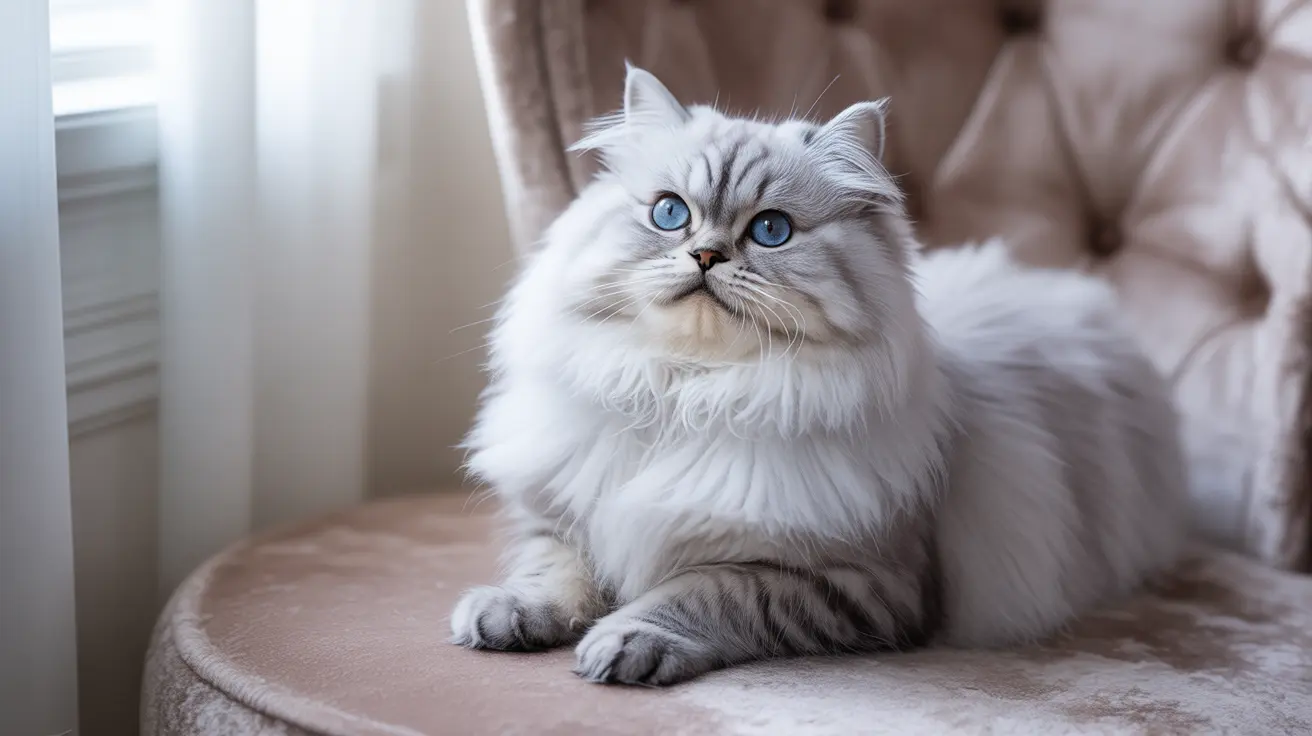Understanding Persian Cat Genetic Predispositions
Persian cats face several inherited health challenges, with polycystic kidney disease (PKD) being one of the most significant concerns. Approximately one in three Persian cats globally are affected by PKD, with some populations showing rates as high as 50%. This inherited condition causes fluid-filled cysts to develop in the kidneys, potentially leading to kidney failure as the cat ages.
Respiratory Challenges in Persian Cats
Brachycephalic airway syndrome (BAS) is a significant health concern for Persian cats due to their flat facial structure. This condition can cause breathing difficulties, particularly in hot weather or during physical activity. Signs include:
- Noisy breathing or snoring
- Exercise intolerance
- Difficulty breathing in hot weather
- Potential collapse during excitement or stress
Eye and Dental Health Concerns
The unique facial structure of Persian cats makes them particularly susceptible to eye problems. Regular eye care is essential as these cats commonly experience:
- Excessive tearing (epiphora)
- Eye discharge
- Potential eye infections
- Cherry eye
Dental disease affects approximately 11.3% of Persian cats, making regular dental care crucial. Professional cleanings and at-home dental hygiene can help prevent serious periodontal issues.
Coat and Skin Care Requirements
The Persian's trademark long coat requires significant maintenance to prevent health issues. Studies show that haircoat disorders affect about 12.7% of Persian cats, making them the most common diagnosed problem in the breed. Regular grooming is essential to prevent:
- Matting and tangling
- Skin infections
- Hairballs
- Dermatological problems
The Impact of PKD and Other Organ-Related Issues
Polycystic kidney disease significantly impacts Persian cat longevity. Clinical signs typically appear around age 7 and may include:
- Increased thirst and urination
- Loss of appetite
- Weight loss
- Lethargy
- Vomiting
Prevention and Proactive Care
Maintaining your Persian cat's health requires vigilant preventive care, including:
- Regular veterinary check-ups
- Genetic testing for PKD
- Daily grooming routines
- Weight management
- Temperature-controlled environment
- Proper dental hygiene
Frequently Asked Questions
What are the common health issues Persian cats face due to their genetics and flat-faced features?
Persian cats commonly face polycystic kidney disease (PKD), brachycephalic airway syndrome, eye problems, and dental issues due to their genetic makeup and facial structure.
How can I recognize and manage polycystic kidney disease (PKD) in my Persian cat?
Watch for increased thirst, frequent urination, weight loss, and decreased appetite. Regular veterinary check-ups, genetic testing, and kidney function monitoring are essential for managing PKD.
What signs indicate brachycephalic airway syndrome in Persian cats, and how is it treated?
Signs include noisy breathing, exercise intolerance, and heat sensitivity. Treatment involves avoiding heat stress, maintaining a healthy weight, and sometimes surgical intervention for severe cases.
How should I care for my Persian cat's eyes, teeth, and coat to prevent common breed-related problems?
Daily eye cleaning, regular dental care, and thorough grooming are essential. Professional grooming and veterinary dental cleanings should complement home care routines.
Why is regular genetic and veterinary screening important for maintaining my Persian cat's health?
Regular screening helps detect inherited conditions early, allowing for prompt intervention and better management of breed-specific health issues. Genetic testing can identify PKD carriers and guide breeding decisions.
Understanding and addressing these health issues can help ensure your Persian cat lives a comfortable, healthy life. Regular veterinary care, proper grooming, and attention to early warning signs are key to managing these breed-specific challenges effectively.






